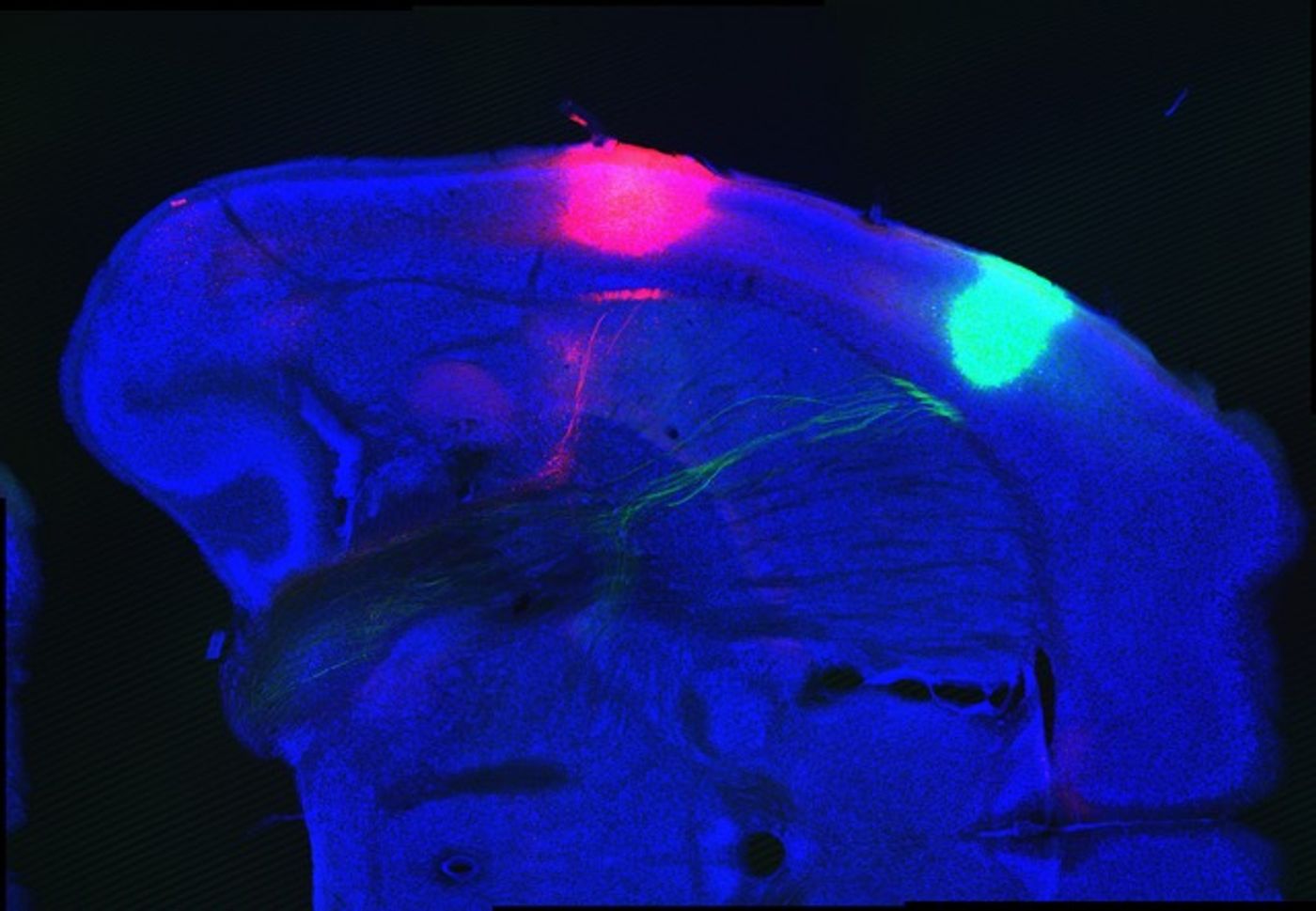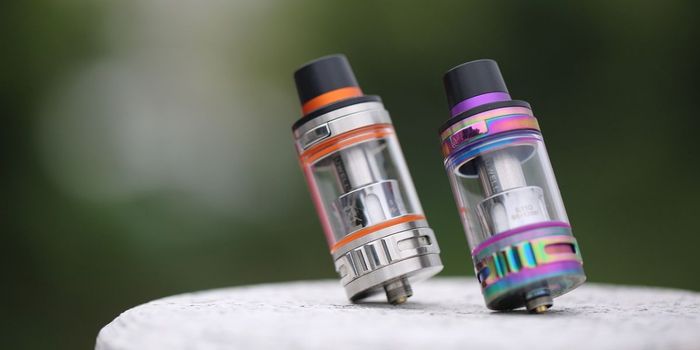Another myth busted by science. Most people have probably heard that different parts of the tongue can sense different tastes. A theory that various taste buds for each simple taste (sweet, salty, sour, savory and bitter) had specific locations on the tongue and only a sweet taste bud could sense that a piece of food was sweet is not exactly how it works.The entire tongue can sense any flavor, anywhere on it. While there are dedicated receptors on different parts of the tongue, it’s not concretely mapped out in specific regions and the tongue isn't what does most of the work.
But wait, there’s more. It’s been thought that if a person tasted something sweet, it was the tongue that determined the taste and then relayed signals to our brain telling us how to perceive it. It’s actually the opposite. Recently published research shows that it’s the brain that decodes what is tasted and those perceptions can be manipulated certain cells in the brain responsible for interpreting taste.
Charles S. Zuker, PhD, professor of biochemistry and molecular biophysics and of neuroscience, a member of the Kavli Institute for Brain Science and the Mortimer B. Zuckerman Mind Brain Behavior Institute, and a Howard Hughes Medical Institute Investigator at Columbia University Medical Center (CUMC) lead the study in his lab at Columbia and
said in a press release, “Taste, the way you and I think of it, is ultimately in the brain. Dedicated taste receptors in the tongue detect sweet or bitter and so on, but it’s the brain that affords meaning to these chemicals.”
Dr. Zuker’s research focuses mostly on how chemical input is transformed into perception by the brain. While he and others at Columbia have conducted studies on the specific receptors on the tongue, it was the most recent study that identified that taste, specifically the perception of it, are determined in groups of brains cells all within the cortex, but in their own locations.
Tests were conducted on mice, since their brains are similar to the human brain. Using optogenetics, a technique that uses laser light to turn on or turn off targeted neurons on the brain, the team was able to identify and manipulate the parts of the brain that perceives taste. The lab chose two tastes to work with, sweet and bitter because those are the ones most critical to survival. Sweet tastes indicate a food that is rich in essential nutrients and bitter is often present in toxins or other dangerous food sources. The research was
posted online in the journal Nature
Mice behave differently when tasting sweet or bitter. The team injected a drug that silenced the bitter sensing neurons and even though they were only drinking plain water, they acted as though it was a sweet food. The same happened when they silenced the sweet set of neurons, the mice behaved as if they were tasting something unpleasant. The researchers were also able to see the activation of specific neurons on the brains of mice who had never tasted either sweet or bitter substances. See the video below for more information on how the study was done and what the results could mean.









